'Kobra Auto Retrato'
'Kobra Auto Retrato' chronicles the inspiring journey of Kobra, a world-renowned Brazilian muralist and street artist.
Incluvie – Better diversity in movies.
Identity in film through scores, reviews, and insights.
Incluvie – Better diversity in movies.
Explore identity in film through scores, reviews, and insights.
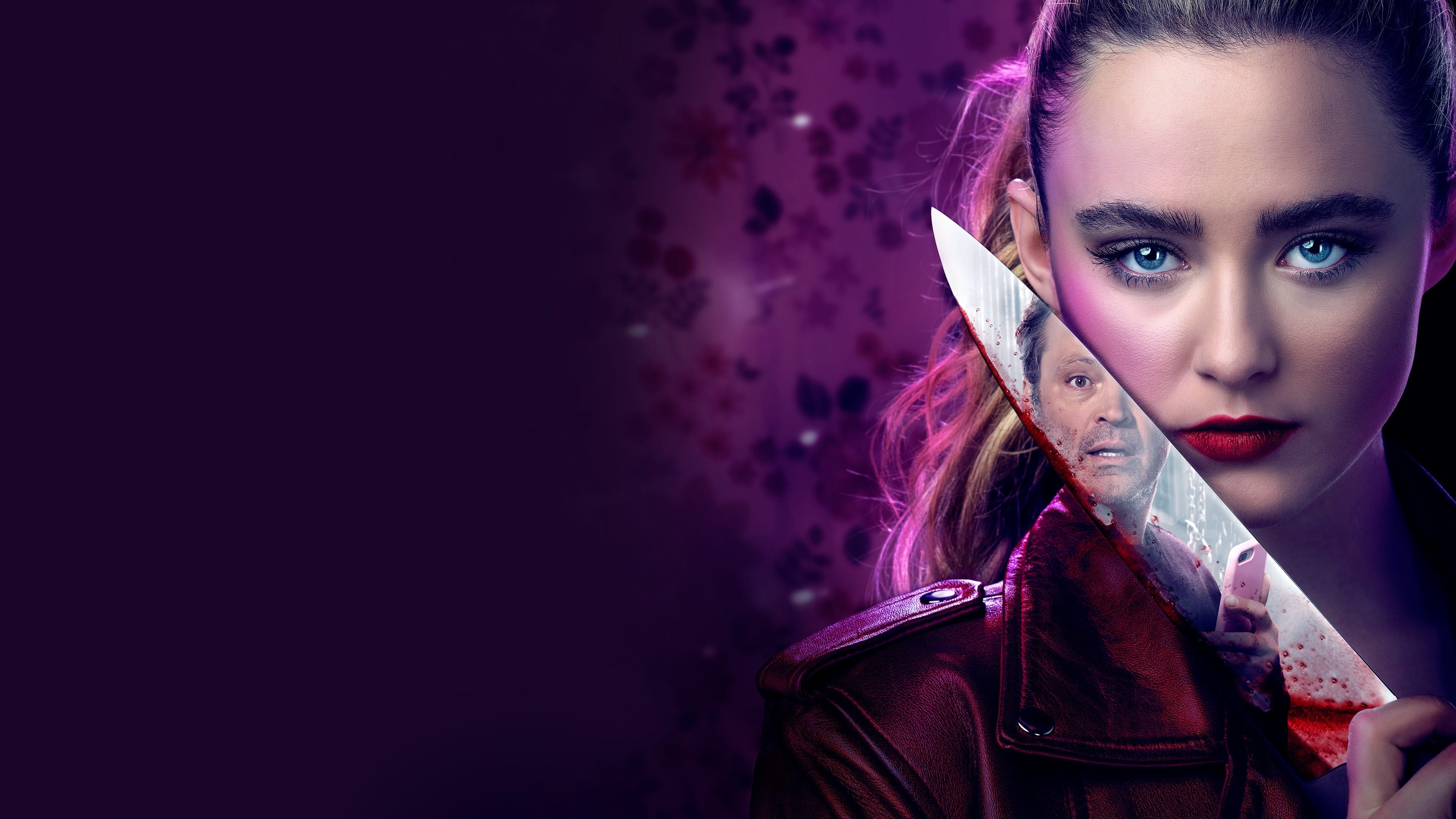




Allegory as a means of telling queer stories isn’t a new approach and for fairly obvious reasons. Until quite recently, explicit nuanced narratives on the LGBTQIA+ experience were difficult to bring to the big screen because historically, it was straight-up banned for decades, and then that got replaced by sparse and stereotypical representation that primarily either villainized queerness or used it for comic relief. So, the go-to mechanism was to subtly include hints of queerness into narratives that other queer people or those versed in reading cinematic texts could pick up on. From Hitchcock’s Rope whose homosexual themes Leon once explored for Incluvie, to the much less subtle nod to othered queerness in the What We Do in the Shadows film I have written about earlier, it has been an accepted norm, especially for queer creatives or even creatives who are allies of the community to include themes and narrative tropes which bear similarities with the common experience of many LGBTQIA+ people. From the experience of being ostracized to the internalized self-hatred born of conditioning in a cis heterosexual world, the experience of monsters like Frankenstein’s monster bear similarities to the queer experience. In fact, the problematic villainized representation of queers often occurred in horror films in the form of antagonists who were queer-coded or explicitly queer individuals like the transvestite Buffalo Bill in Silence of the Lambs.
But not only are some villainous representations being reclaimed, but many in the queer community also relate to the treatment of the monster even when interacting with monster stories that aren’t coded as queer. And in fact, the body horror genre holds a special place in the gender-questioning and transgender community. The experience of feeling trapped in a body that doesn’t seem to be one’s own, and the constant urge to mutilate oneself as a means of self-expression are themes commonly explored in body horror films where the body of the protagonists often even undergo physical transformation along with mutilation. Whether this was intentional or not, these narratives are being interpreted as allegories for the trans experience because non-cis individuals often find visibility in the portrayal of the characters’ relationships with their bodies which can be easily read as metaphorical if not direct, representations of body dysmorphia, a common consequence of gender dysphoria. So in the spirit of Halloween, the following is a list of body horror films that can be more easily interpreted as trans allegories.
In the age of Gen Z, Tik Tok, and podcasts, the generational divide has never been so prominent. One thing that definitely divides the generations is our taste in movies. Horror has become a reliable box office earner thanks in large part to younger audiences seeking chills and thrills. However, Bodies Bodies Bodies directed by Halina Reijn, is perhaps the first major slasher to highlight the relationship Gen Z has with itself, all while navigating a murder whodunnit plot.
Bodies Bodies Bodies, the latest from indie powerhouse studio A24, is a great time. It is full of dark comedy laughs, great performances, and genuine scares. Although, many have wondered, does the film make fun of Gen Z or support it? The answer is a little bit of both.
When the film opens, we meet a group of friends readying for a “hurricane party.” They party and prepare for the storm when the suggestion of a game comes about. Even before the game starts, there is tension among the group. It is easy to understand that many of the group members have had issues with each other before tonight. The game brings this tension to a boiling point, as someone actually ends up dead. Once the accusations start flying about murder and petty issues with their friends, it makes it difficult for them to remember who is an enemy and who is a treasured friend.
This is where the film's strongest element lies. The film doesn’t seek to scold Gen Z, nor does it seek to suggest they don’t have problems. They do, just as every generation does. The only difference is that this generation has the internet and social media at the ready for any life update they choose to share.
The film seeks to hold a mirror up to Gen Z and show them what their weaknesses are, but also their strengths. The film never portrays the friends as helpless, even with a possible killer on the loose and being in the middle of a brutal hurricane. It also never portrays them as obsessed with their phones, as many “boomers” believe to be true and often include in films. They are able-minded, quick-witted, and ready to fight if need be. Yes, there are jokes that riff on the stereotypical Gen Z person, but it is evident that the screenplay wants to poke at them, not shame them.

A mystical, ancient dagger causes a notorious serial killer to magically switch bodies with a 17-year-old girl.

Christopher Landon
Director

Christopher Landon
Director

Vince Vaughn
The Butcher
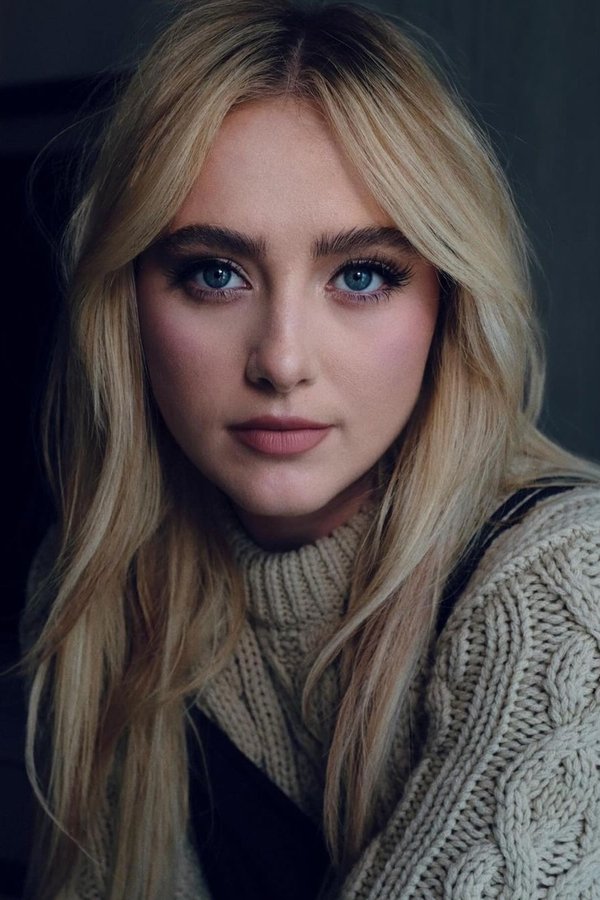
Kathryn Newton
Millie Kessler

Celeste O'Connor
Nyla Chones

Misha Osherovich
Josh Detmer

Uriah Shelton
Booker Strode

Dana Drori
Charlene Kessler
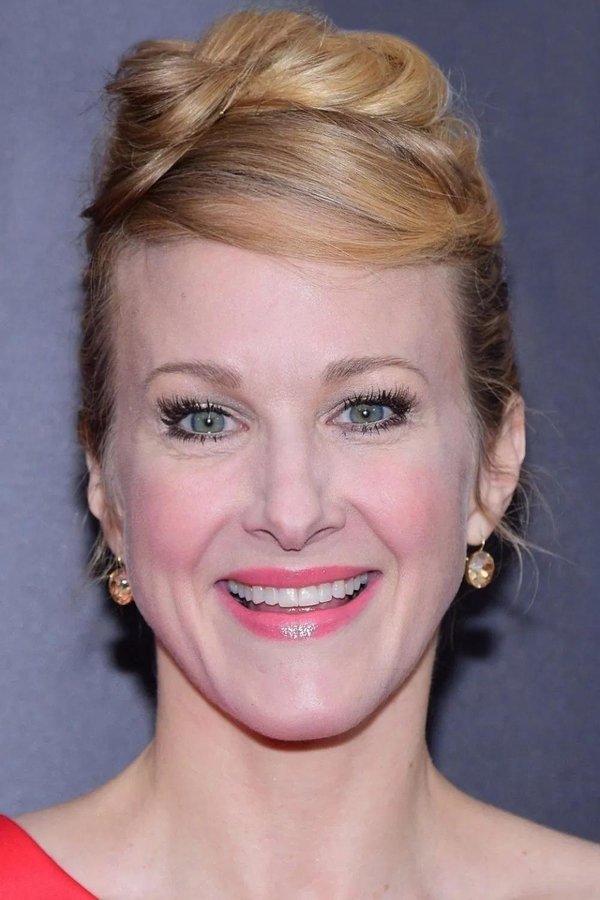
Katie Finneran
Coral Kessler

Melissa Collazo
Ryler
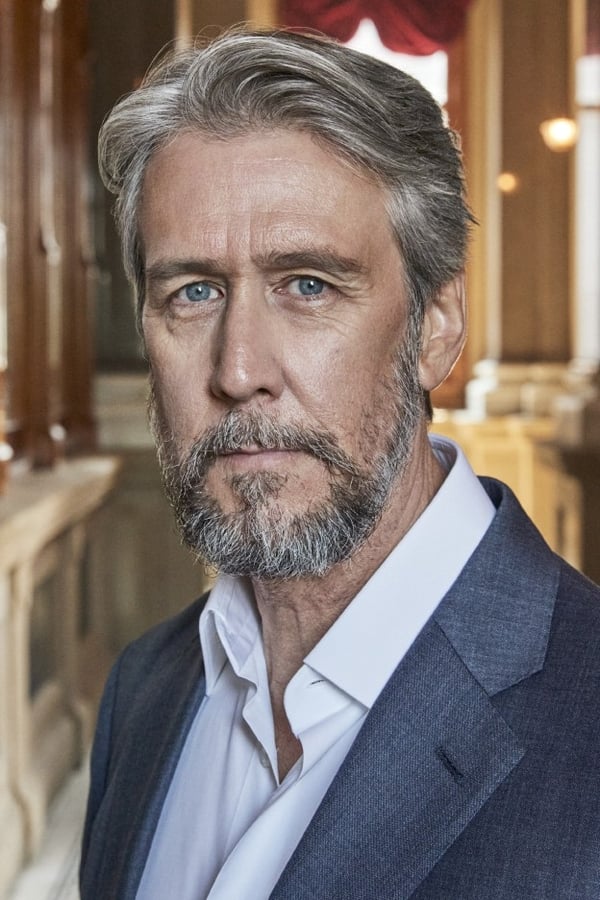
Alan Ruck
Mr. Bernardi
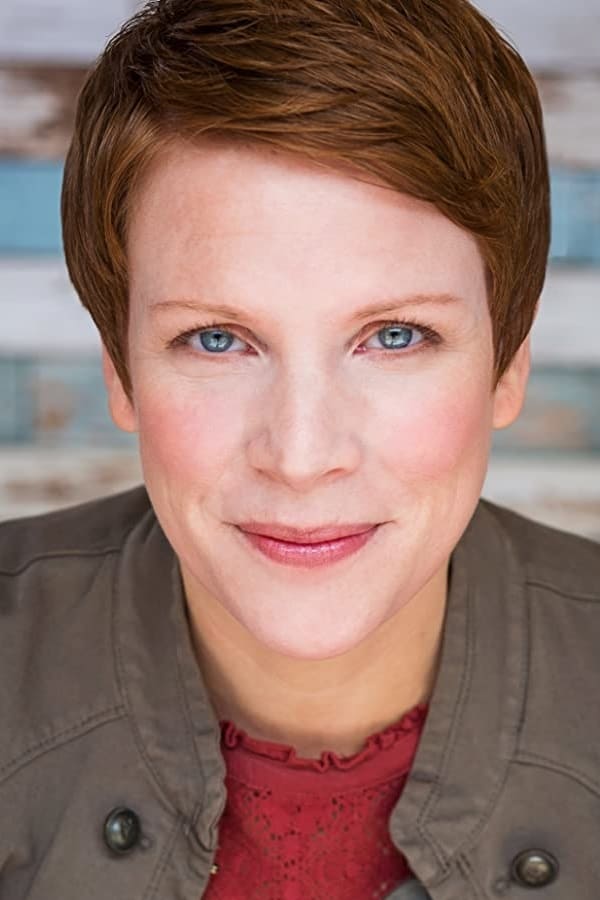
Brooke Jaye Taylor
Mrs. Detmer
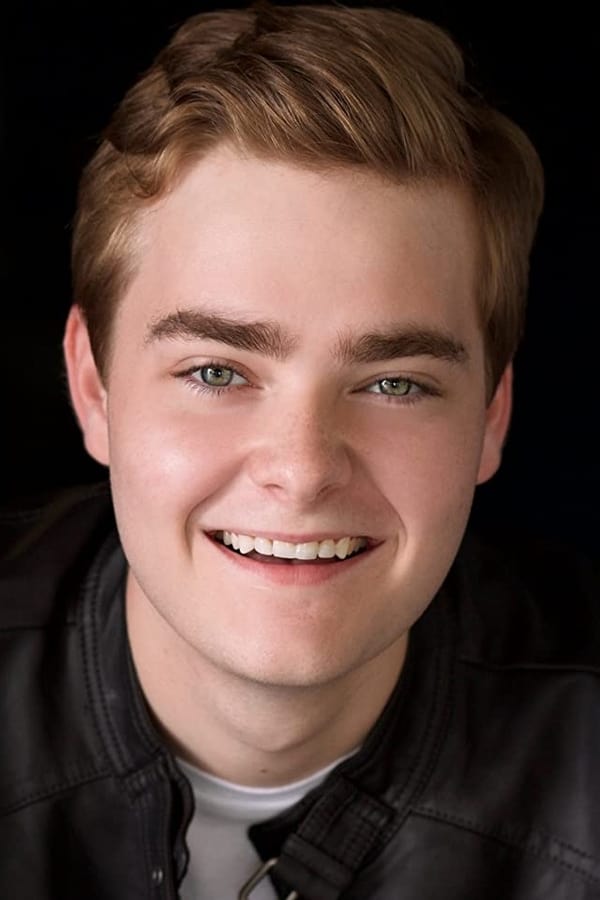
Zack Shires
Tim Turnipseed
'Kobra Auto Retrato' chronicles the inspiring journey of Kobra, a world-renowned Brazilian muralist and street artist.
Darren Arronofsky focuses on diverse and heartbreaking stories about the human experience.
Miley Cyrus makes a revival in this Disney+ documentary on her recent album Endless Summer Vacation.